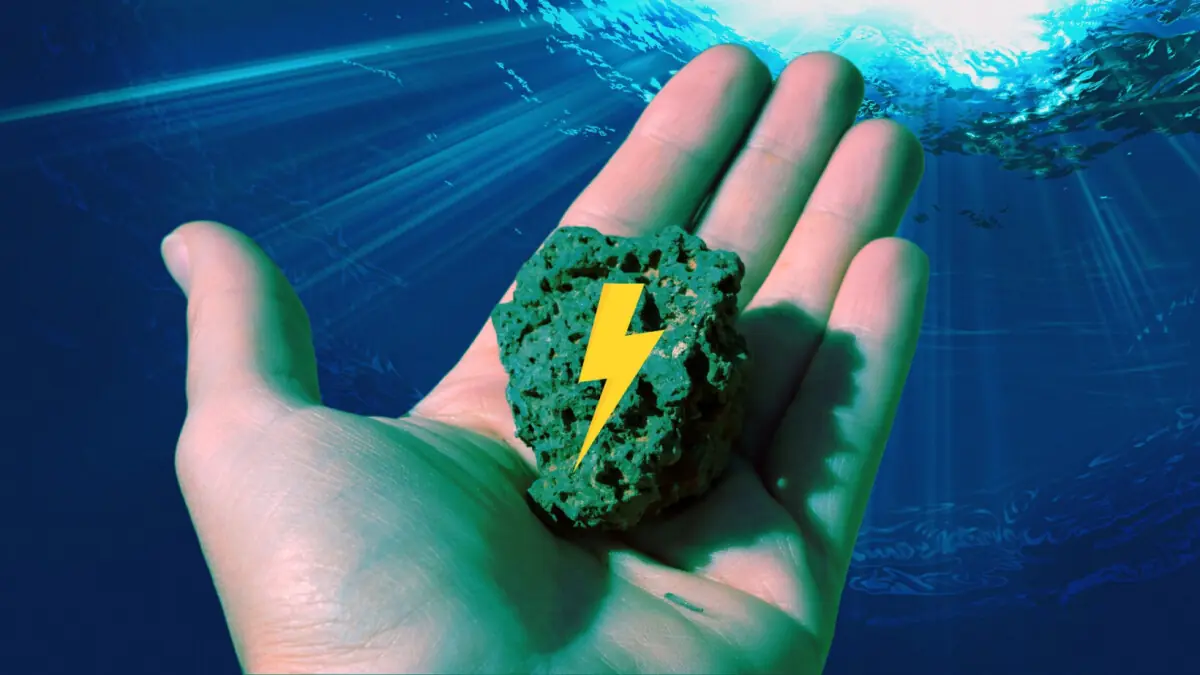
Modern House Fires Burn Faster: Why You May Have Only 3 Minutes to Escape
Modern House Fires Burn Faster: Why You May Have Only 3 Minutes to Escape
Thirty years ago, if your home caught fire, you had about 17 minutes to get out safely. Today? You may have as little as three minutes. That’s not an exaggeration—it’s a life-saving fact. And the difference isn't just about fire—it’s about what’s burning inside your home.
What Changed? The Materials Inside Your Home
Older homes, built with materials like solid wood, cotton, wool, and natural leather, burned slowly. These traditional furnishings smoldered, giving residents valuable time to escape.
Modern homes, however, are filled with synthetic, petroleum-based materials. Sofas, mattresses, rugs, and curtains are now often made of polyurethane foam, polyester, and plastic fibers. These materials ignite faster, burn hotter, and release toxic gases such as carbon monoxide and hydrogen cyanide, which can incapacitate people in seconds—even before the flames reach them.
Real-Life Fire Test Results
Fire safety experts have compared how rooms built with different materials burn. In a well-documented fire test:
-
A room furnished with 1970s-era materials took over 30 minutes to become fully engulfed in flames.
-
A modern room, filled with today’s synthetic furnishings, was consumed in under 3 minutes.
That’s a staggering difference—and a dangerous one.
Why Synthetic Fires Are More Deadly
In addition to speed, synthetic fires release more toxic smoke, reducing visibility and making breathing nearly impossible. Most fire deaths aren’t caused by burns—they’re due to smoke inhalation. The combination of heat, speed, and toxic gases makes today’s house fires far more lethal.
Your Best Defense: Preparation and Prevention
Because modern fires spread so quickly, early warning and fast action are critical. Here’s how to protect your home and family:
1. Install Working Smoke Alarms
-
Place smoke detectors on every level of your home, including inside and outside all bedrooms.
-
Test alarms monthly.
-
Replace batteries at least once a year, or when the alarm chirps.
-
Replace the entire alarm every 10 years.
2. Have a Home Fire Escape Plan
-
Create a simple plan showing two exits from every room.
-
Practice the escape plan with your family at least twice a year.
-
Make sure everyone knows the designated meeting spot outside the home.
-
Teach children how to check doors for heat, stay low in smoke, and call 911 from a safe location.
3. Avoid Common Fire Hazards
-
Don’t overload outlets or use damaged cords.
-
Keep flammable items away from space heaters and stovetops.
-
Never leave candles or cooking unattended.
-
Store matches and lighters out of children’s reach.
Time Is Everything in a Fire
Modern house fires are faster, hotter, and more dangerous than ever before. But knowledge, planning, and working smoke alarms can make the difference between survival and tragedy.
Don’t wait for a fire to happen. Take steps today to prepare and protect the people and home you care about.
News in the same category


Halley’s Comet Is Back, But This Time, It’s Raining Fire

Greece Rocked By Massive Earthquake As Tsunami Warning Sparks Panic

Sun Unleashes Monster Flare As Scientists Say Earth Could Be Hit By Massive Solar Storm Tomorrow

Could the Sahara Desert Power the Entire World with Solar Energy?

Drunk Bees? How Fermented Nectar Affects Honeybees in Australia

How Small Earth Is in the Universe—And Why That Should Inspire Us

$20 Trillion Tunnel Could Zip You From U.S. To U.K. In Just 54 Minutes

Scientists Baffled By Earth’s Mysterious 26-Second ‘Heartbeat’—Still No Clear Explanation

Deep-Sea Discovery: How “Battery Rocks” Are Producing Oxygen 4,000 Meters Below the Pacific

Understanding Evolution: Evidence That Species Evolve Over Time

Alfred Wegener: The Scientist Who Was Laughed at in 1912—But Changed Earth Science Forever

Shocking Discovery Beneath the Great Pyramid of Giza: Lost Advanced Technology?

Scientists Propose Cooling Earth By Spraying 12 Million Tons Of Particles From Boeing Jets

From Recycled Materials To Viral Fame: Teen’s Diy Lamborghini Replica Turns Heads

Astronomer Rides Simulation To The Edge Of The Universe—Chasing Light From The Big Bang

Controversial Inventor’s Mysterious Death Sparks Debate Over Alternative Energy Suppression

Largest Dinosaur Ever Discovered in Argentina: New Titanosaur Fossil Unearthed

Dark Oxygen" Discovered in Pacific Ocean: A Breakthrough in Understanding Life on Earth and Beyond
News Post

Persistence Hunting: How the San People of the Kalahari Master the Art of Endurance

Halley’s Comet Is Back, But This Time, It’s Raining Fire

Breakthrough Cancer Treatment Uses Ultrasound and Microbubbles to Destroy Tumors from Within

Fatty Liver Disease Affects 1 in 4 People — A New Treatment Shows Promising Results

Menopausal Brain Fog? Low Iron Levels May Be the Hidden Cause

Lung Cleansing with a Powerful Natural Garlic Juice

A recent study has uncovered a key switch in aging—and it all comes down to a structure inside your cells called the nucleolus

ScienceScientists Say Viral Infections Could Be The Hidden Cause Of Alzheimer’s — 30 Years Of Research Now Validated

Greece Rocked By Massive Earthquake As Tsunami Warning Sparks Panic

Sun Unleashes Monster Flare As Scientists Say Earth Could Be Hit By Massive Solar Storm Tomorrow

🧄🌿 Natural Remedy for Leg Pain, Rheumatism, Varicose Veins & Arthritis with Cloves and Garlic

White Clover (Trifolium repens): 15 Benefits and Homemade Uses

A Mom of 7 Demanded My Deaf Grandpa Get Out of the Elevator—So I Brought Her Back to Reality

Could the Sahara Desert Power the Entire World with Solar Energy?

Breakthrough Protein Combo Could Heal Heart Damage and Regenerate Organs

Head Injuries May Reactivate Dormant Viruses and Trigger Alzheimer’s-Like Brain Damage

How Blood Production Changes After 70: New Research Reveals a Surprising Shift

My Ex-husband Got Our House, Car and All Our Money After Divorce – I Laughed Because That Was Exactly What I Planned

